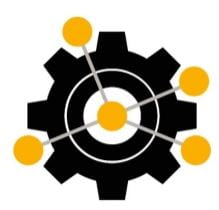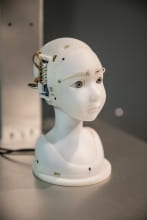By: Keaton Fletcher
Work Science Center Network member, Kostadin Kushlev, recently set out to find the answer with other researchers. In his recent publication, Kushlev and the other researchers conducted a field test to see how changing the intervals of smartphone notifications would affect worker productivity and well being. To do so, they recruited two hundred participants who had smartphones. Each participant downloaded a customized app that would control how often the phone would give notifications. At first, all of the participants received notifications as normal. After two weeks, the app placed the participants into one of the four groups. The control group continued to receive notifications as normal. The two “batch” groups, started to receive their notifications at timed intervals. One of the batch groups heard their phone ping every hour, while the other group received notifications three times throughout the day. A last group didn’t receive any notifications from their phones at all.
Ever been working only to hear an enticing little “ping!” accompanied by a bright light? If so, you’re likely one of the 90% of people ages 18-49 who own a phone. Psychologists and organizations alike have wondered how these ever-present interruptions affect workers.
As the phones were delivering notifications, participants reported on their anxiety, their stress levels, their feelings of being distracted, how productive they were, and their fear of missing out. Every day, participants completed this survey. The researchers imagined that those whose phones were going off regularly but not randomly would feel more productive and less stressed.
They were sort of right. Participants who got notifications three times a day felt more control over their phone, concentration, and overall well-being. They felt less stressed, but did feel more worried about missing out than the control group. In an interesting twist, the group that received no notifications at all suffered the most. They felt more anxious, unlocked their phones more, and were more inattentive overall.
What does this mean for the average worker or manager? Regular breaks are good. It may be helpful to encourage employees to silence their phones and instead take regular breaks to check on what’s going on. Personally, workers can carve out phone-less times to get into a flow with the comfort that they’ll get a notification before they miss out on anything too exciting.
Fitz, N., Kushlev, K., Jagannathan, R., Lewis, T., Paliwal, D., Ariely, D. (2019). Batching
smartphone notifications can improve well-being. Computers in Human Behavior 101 pp.
89-94. https://doi.org/10.1016/j.chb.2019.07.016.










